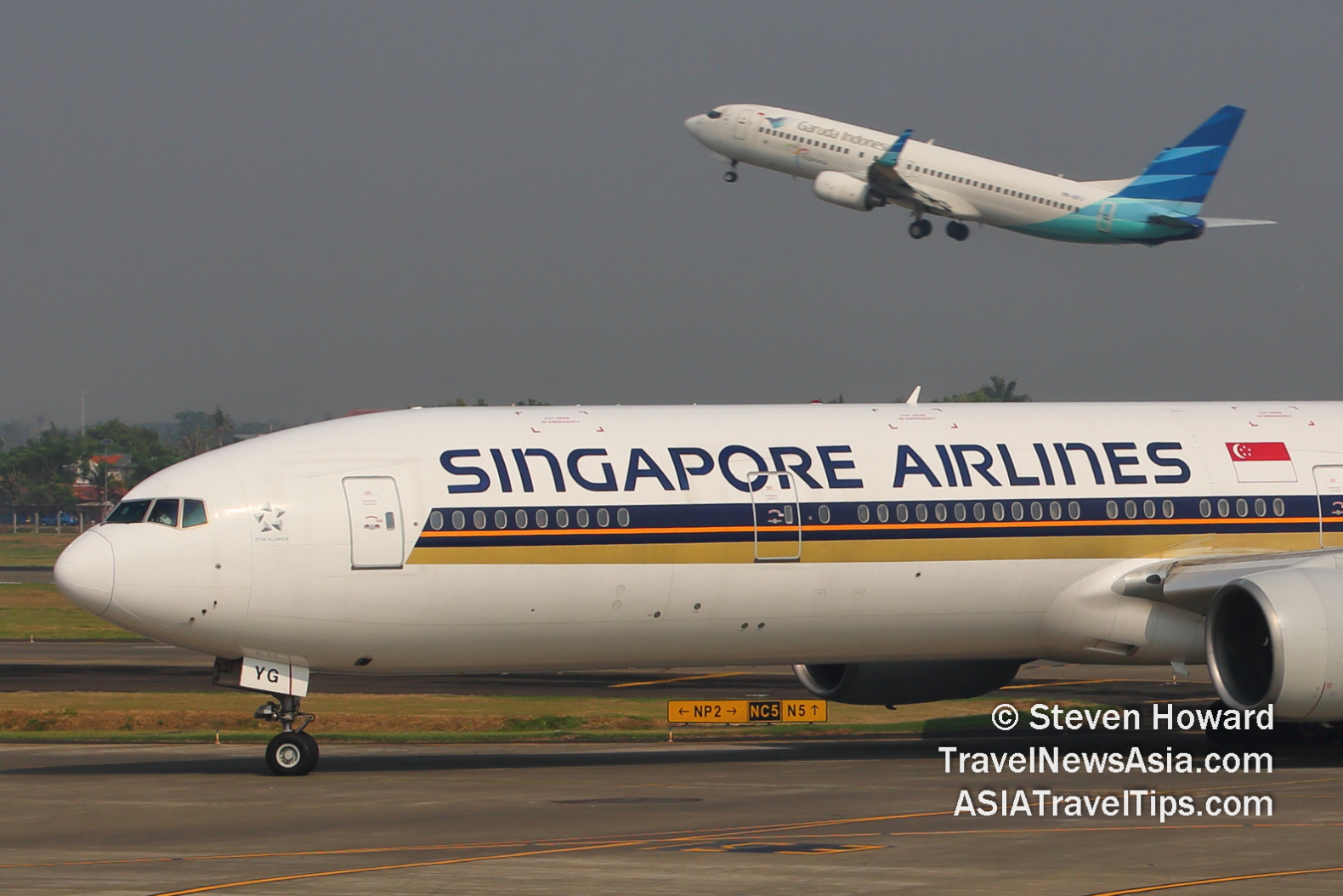Preliminary January 2023 traffic figures from
the Association of Asia Pacific Airlines (AAPA) show steady growth
in international passenger traffic.
Overall,
the region’s airlines carried a combined 17.2 million
international passengers in January, more than seven times the
volumes recorded in the same month last year, when demand was
still dampened by travel restrictions across the region.
Traffic
as measured in revenue passenger kilometres (RPK) jumped 466.9%,
underpinned by robust regional travel demand. Available seat
capacity also expanded markedly, but by a comparatively slower
195% year-on-year.
As a result, the average international
passenger load factor increased significantly, by 39.1 percentage
points to 81.5% for the month, returning to levels seen only
before the onset of the pandemic.
Subhas Menon, AAPA Director
General said, “International passenger markets enjoyed a strong
start to the year in 2023. Strong demand buoyed by an increase in
leisure travellers during the Lunar New Year holidays in the
region, saw the number of passengers carried by Asia Pacific
carriers in January, rise to 52.1% of pre-pandemic traffic levels
in 2019.”
Meanwhile,
subdued global economic conditions continued to hold back export
markets in January, leading to a significant 20.5% year-on-year decline in international air cargo demand, as measured in freight tonne kilometres (FTK).
Combined with a 7.5% drop in offered
freight capacity, the international freight load factor fell by
9.7 percentage points to average 59.2% for the month.
“Cargo volumes came under
pressure due to multiple headwinds. Higher inflation levels across
various economies and the persistently strong US Dollar have added
to the price pressures for imported commodities and merchandise in
local currency terms,” said Mr. Menon. “Notwithstanding the challenges brought on by the
global economic uncertainty, growth prospects for passenger
markets look positive for the year ahead. The desire to travel
remains strong, with latest forward booking trends pointing to
sustained high demand. Nevertheless, cost pressures represent a
key challenge to airline financial performance, driven by the
elevated fuel prices and inflationary pressures on operating
expenditure, including labour and maintenance. Overall, Asia
Pacific airlines remain vigilant in striving for cost efficiencies whilst restoring flights in the COVID-19 recovery period.”



